Inainte de Brancusi exhibition and Marmeladov monodrama at the Romanian Cultural Institute Szeged
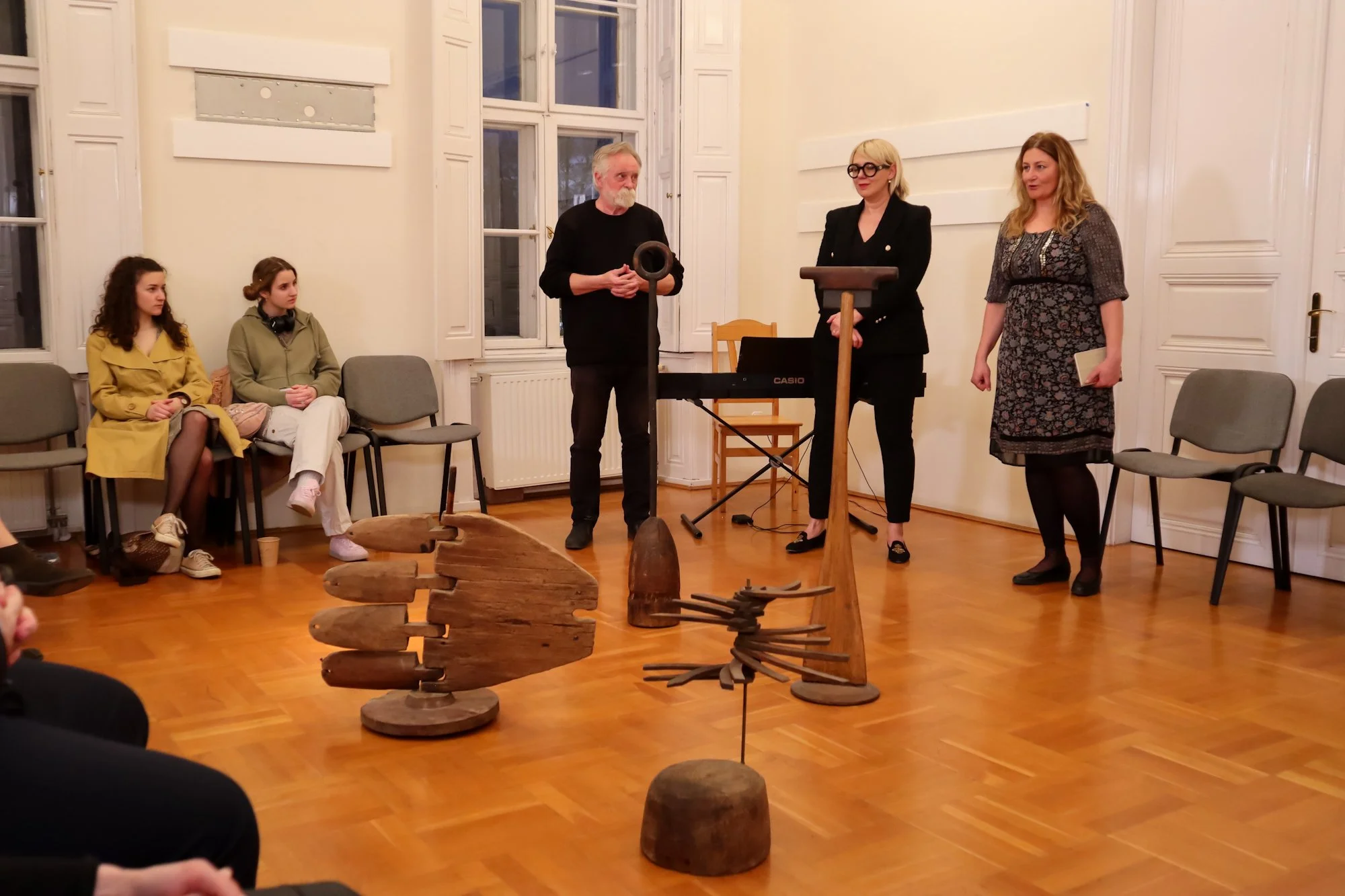
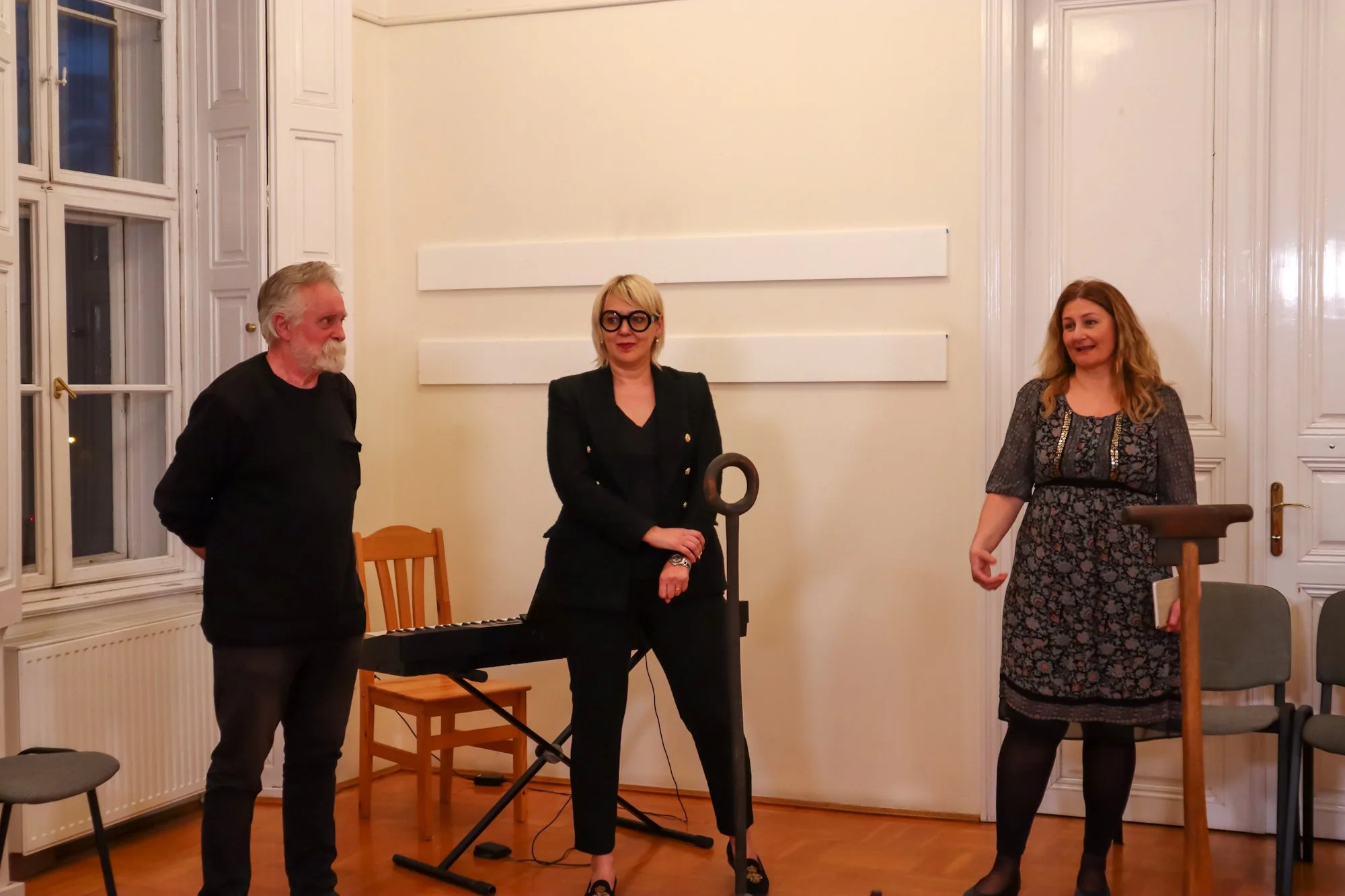
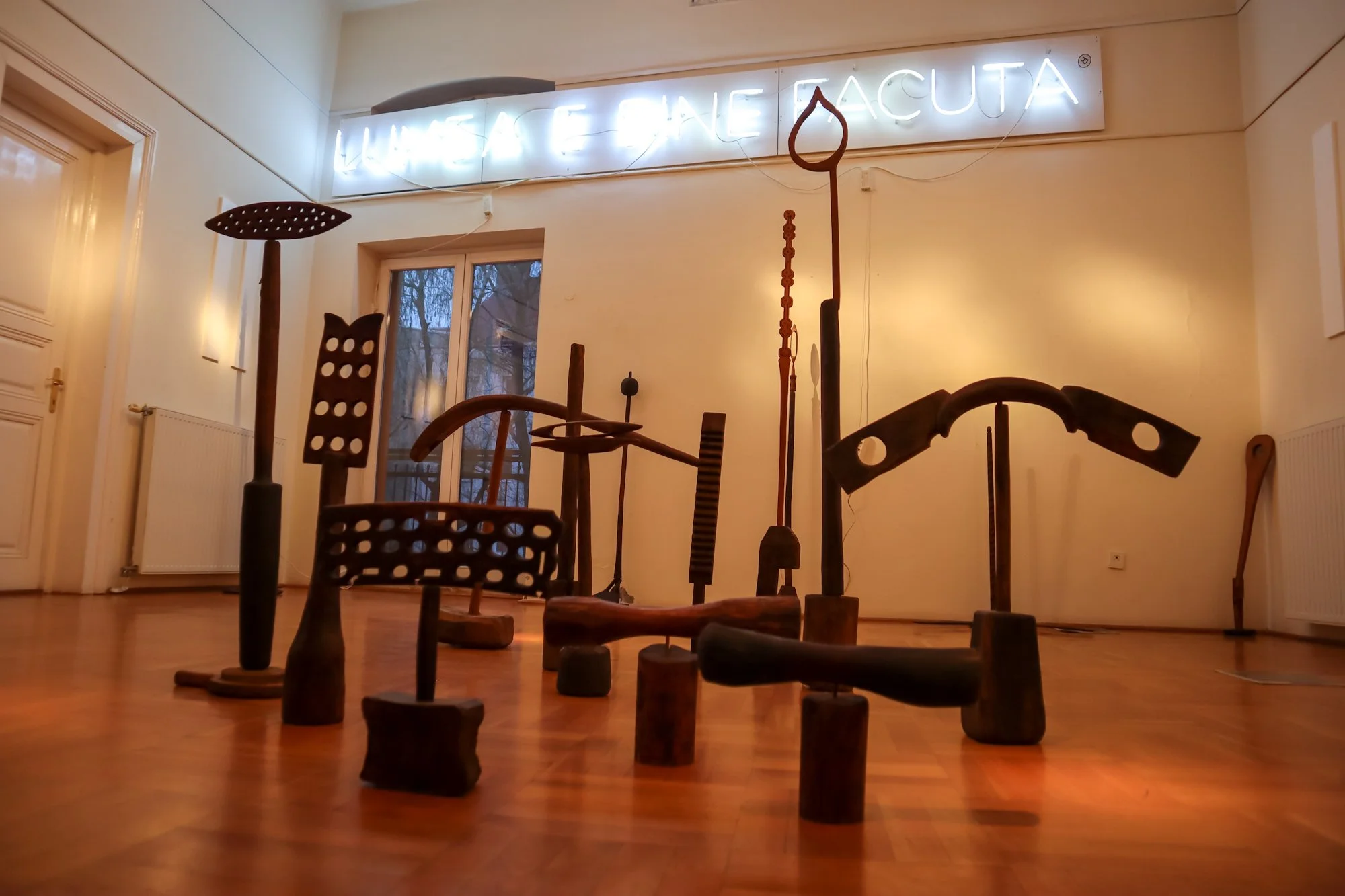

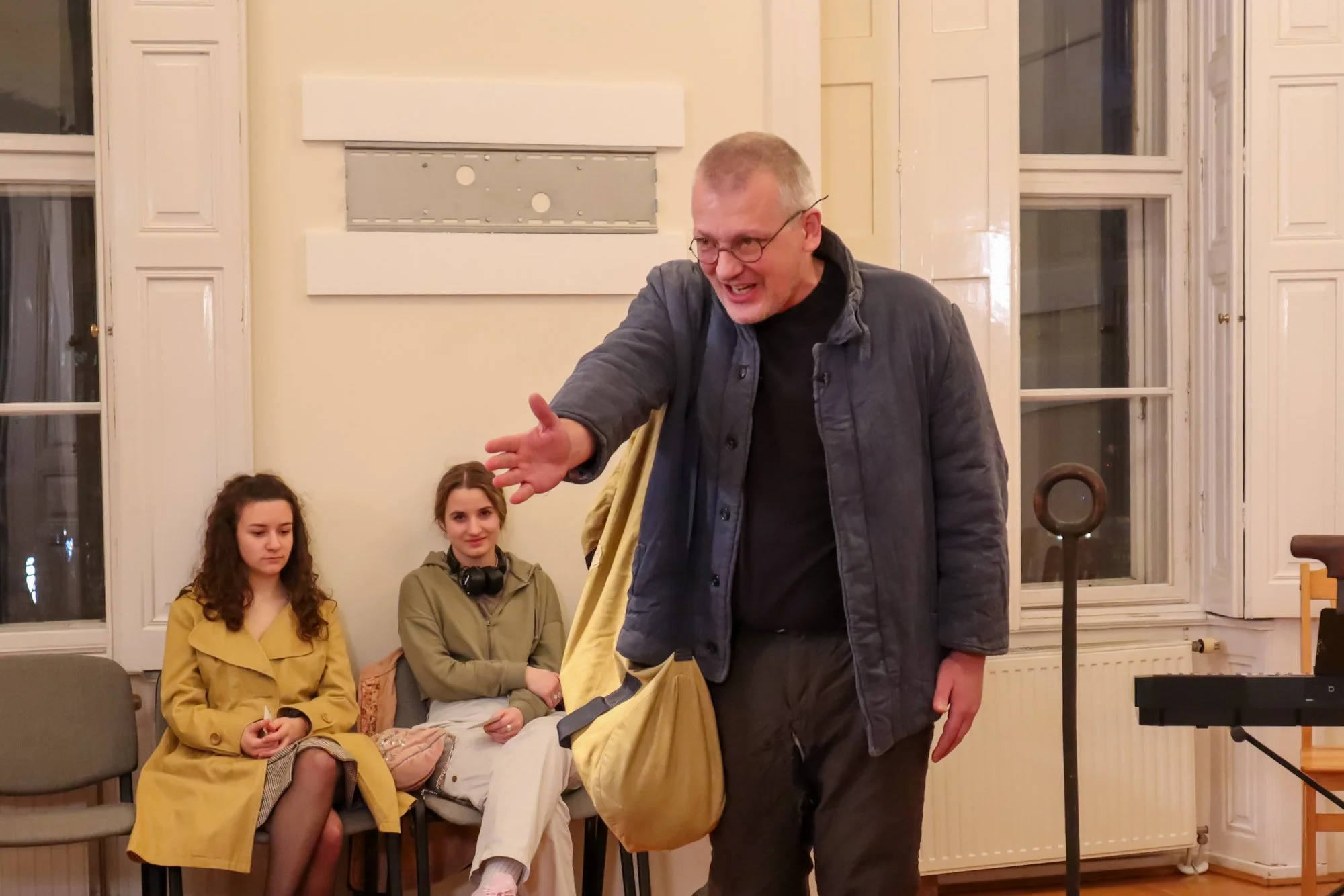
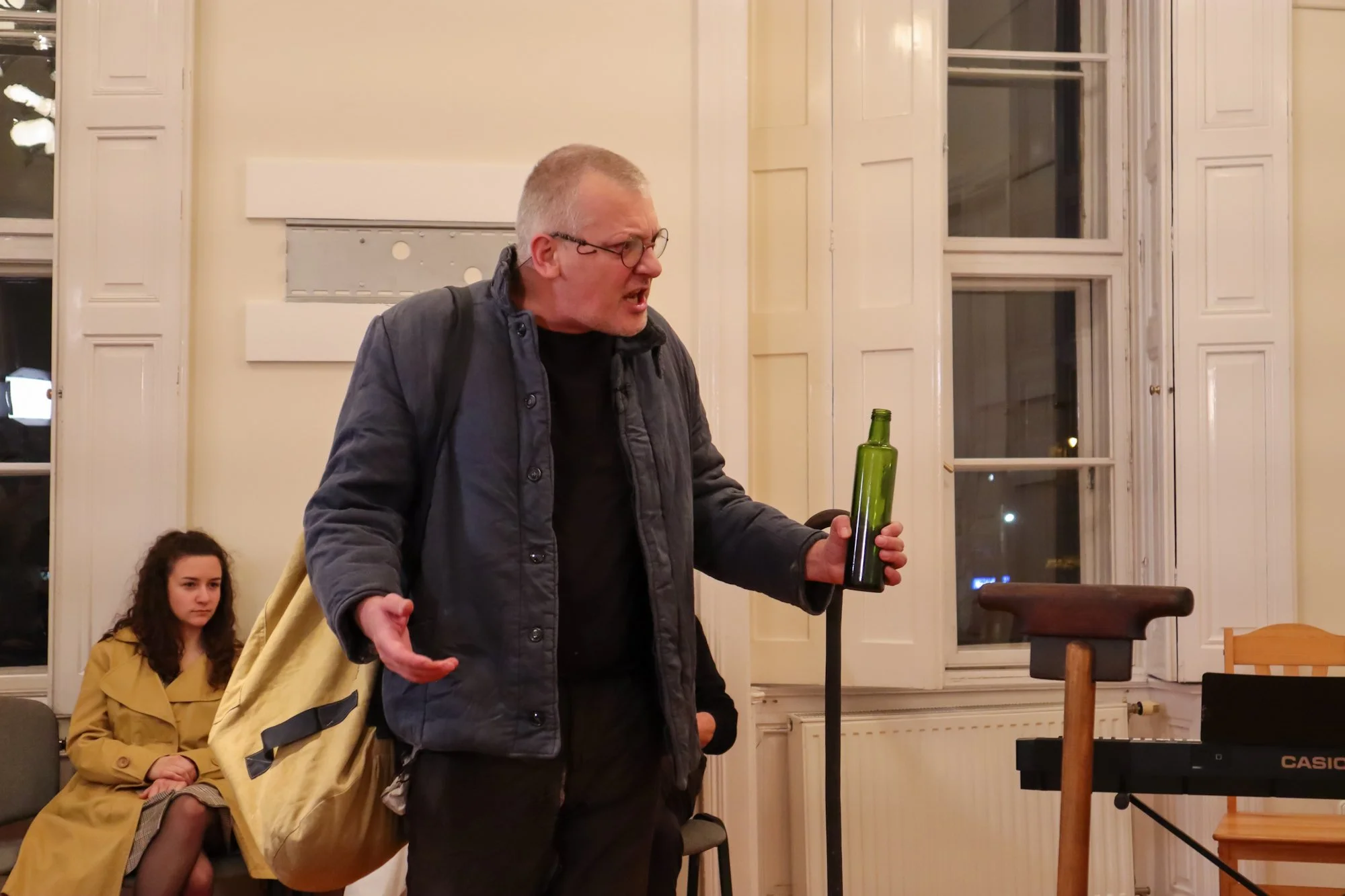
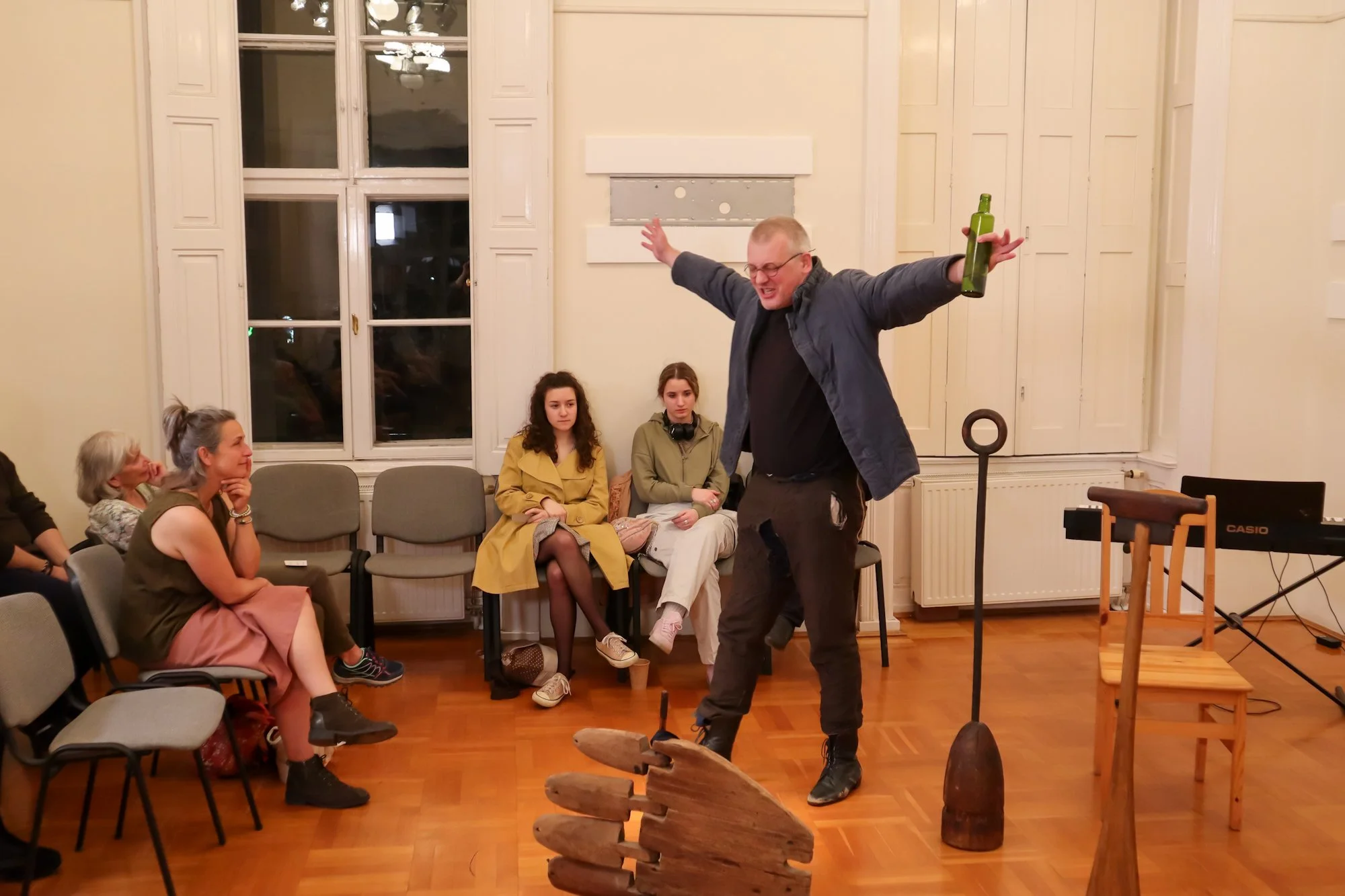
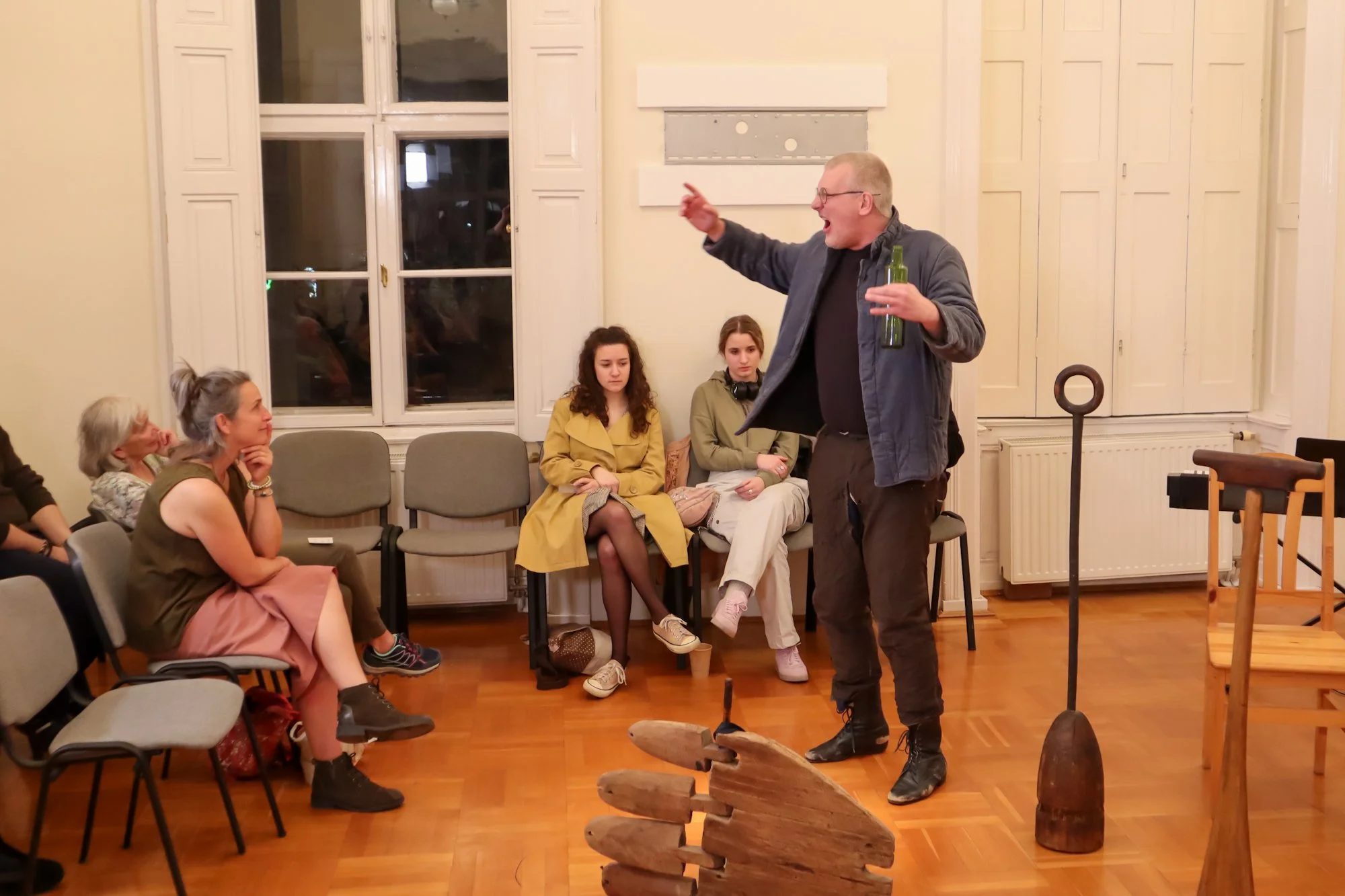
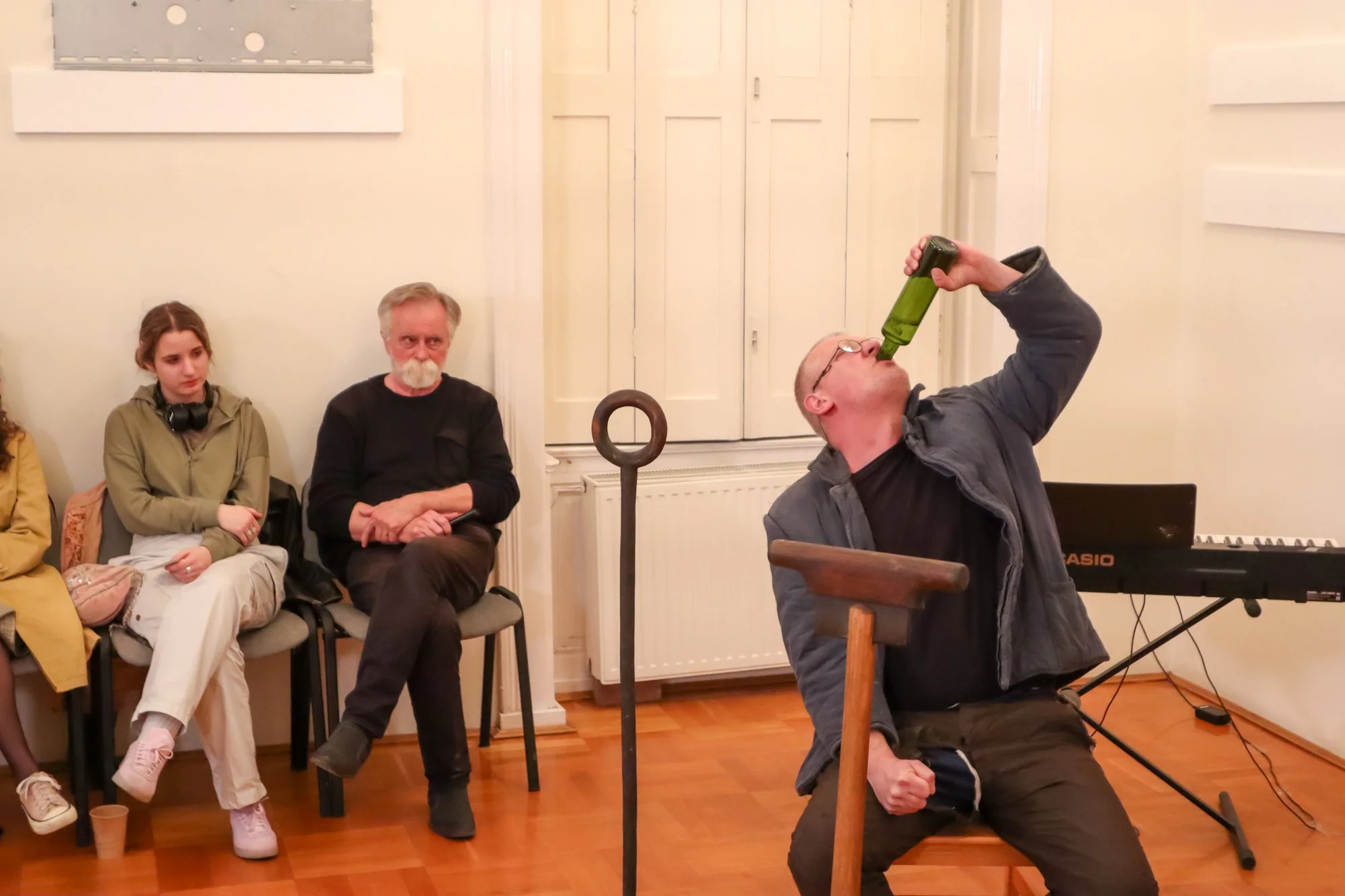
The Romanian Cultural Institute in Budapest and Arte Factum Cultural Foundation presented M. C. Donici's exhibition "Înainte de BRÂNCUŞI előtt" (Before BRÂNCUŞI) and Levente Kocsárdi's solo show "Marmeladov" in Szeged on March 24.
Previously, the exhibition was set up in Budapest to pay tribute to the Constantin Brâncuşi National Day and to celebrate the official opening of the Timisoara European Capital of Culture 2023 year. After the one-day event last Friday in Szeged, the exhibition was brought back to Timisoara.
The Before Brâncuşi ethnocultural art project launched ten years ago, in 2013, by the architect, designer, and ethno-sculptor Mihai Donici and has been featured in numerous exhibitions, including the Triade, Pygmalion, and Timisoara Town Hall Galleries, the French Institute, and the Târgu Jiu Art Museum.
"The restoration, preparation, processing, and exhibition of the already abstract wooden tools in a ready-made spirit recall Brâncuşi's designs. The findings that make up the statues are as old as the great artist himself, and they radiate the poignancy of time, the inner world of the ancient masters, and the emotional gesture of the touch of generations." - the artist commented.
Actor, director, and theater composer Levente Kocsárdi presented the monodrama Marmeladov, directed by actress Andrea Spolarics, for the first time in 1997. Marmeladov is a stage adaptation of F. M. Dostoyevsky's novel Crime and Punishment, "a monodrama about desire and passion, sin, failure, the sublime and predestination."
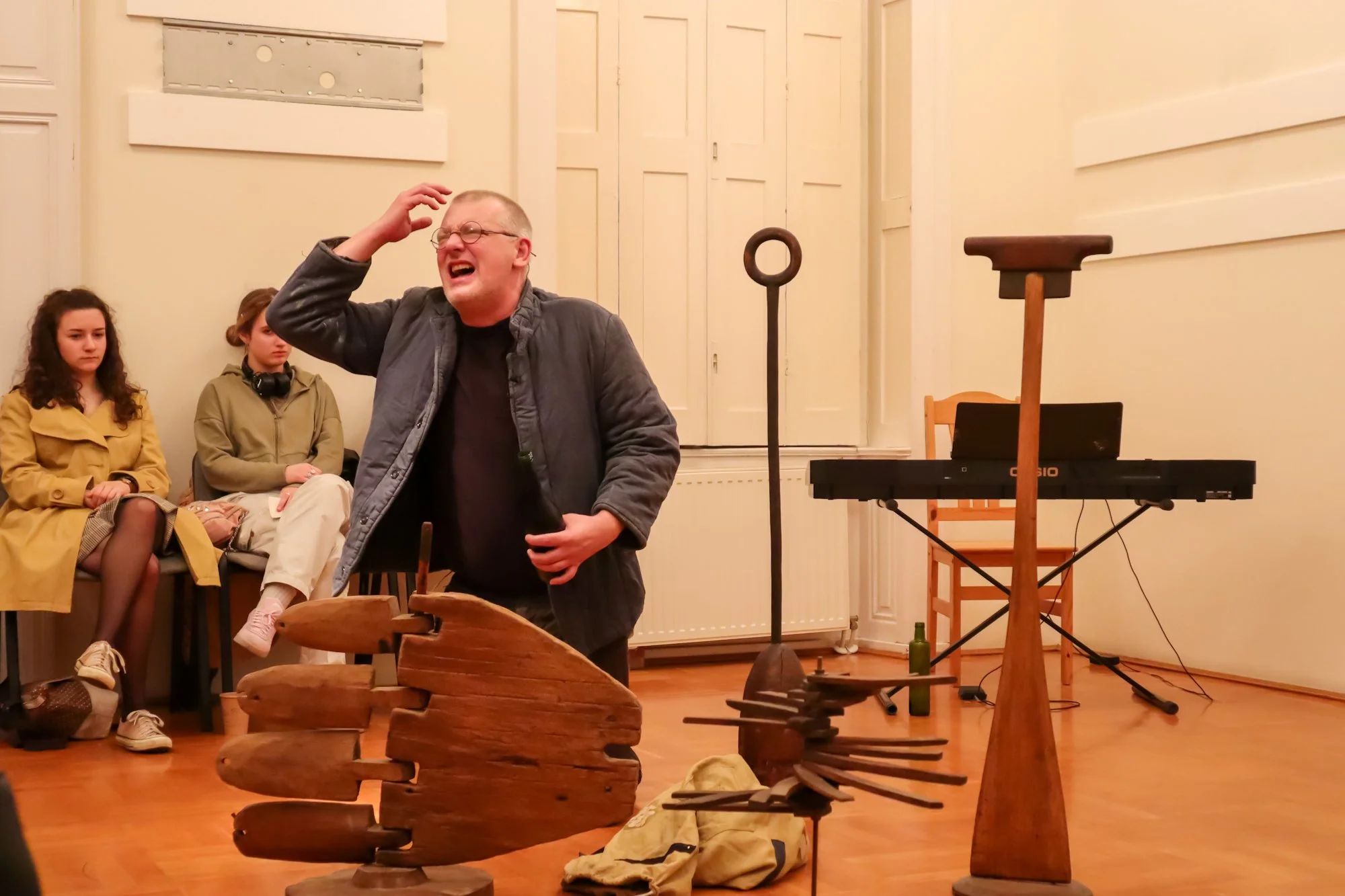
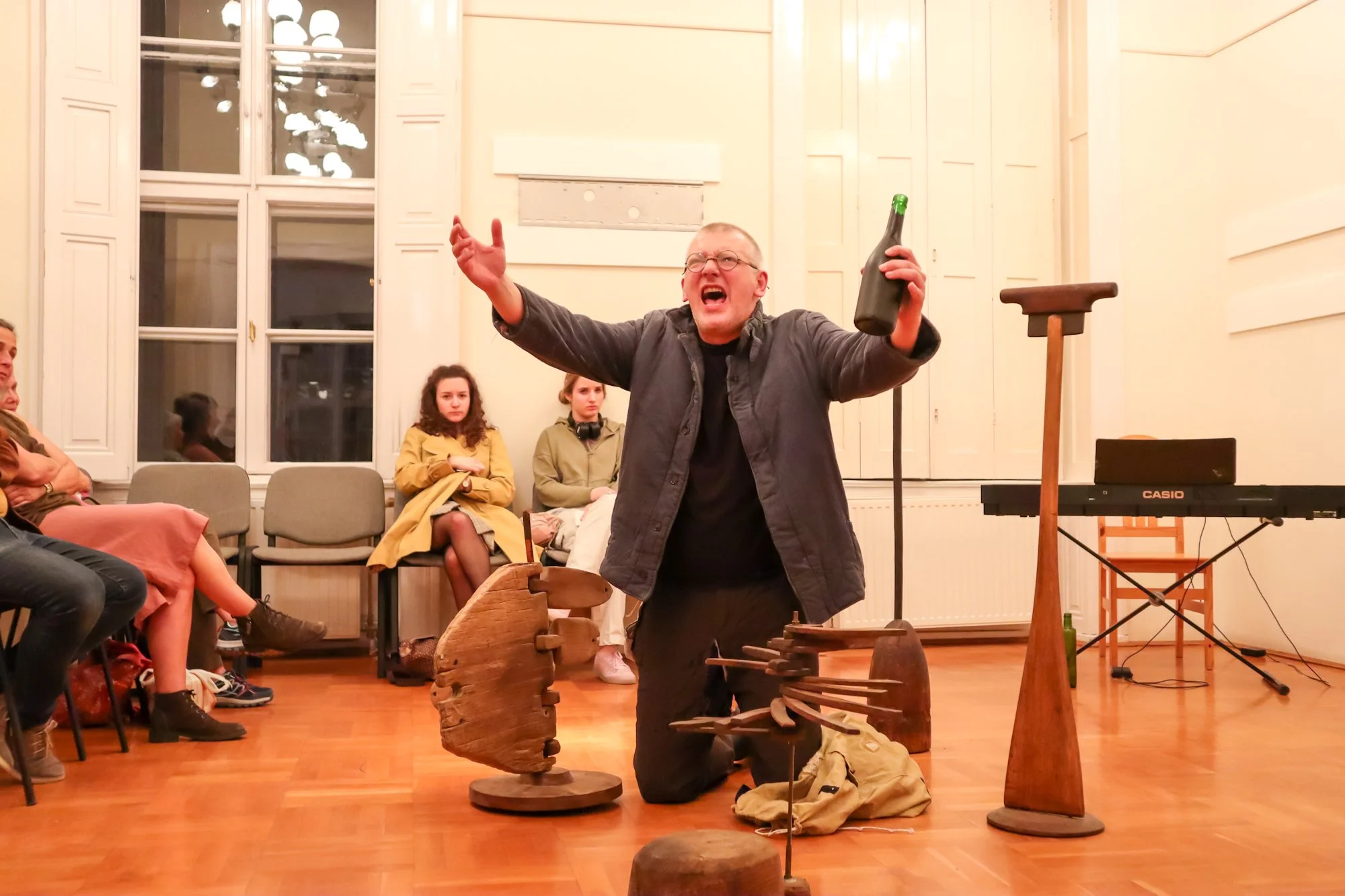
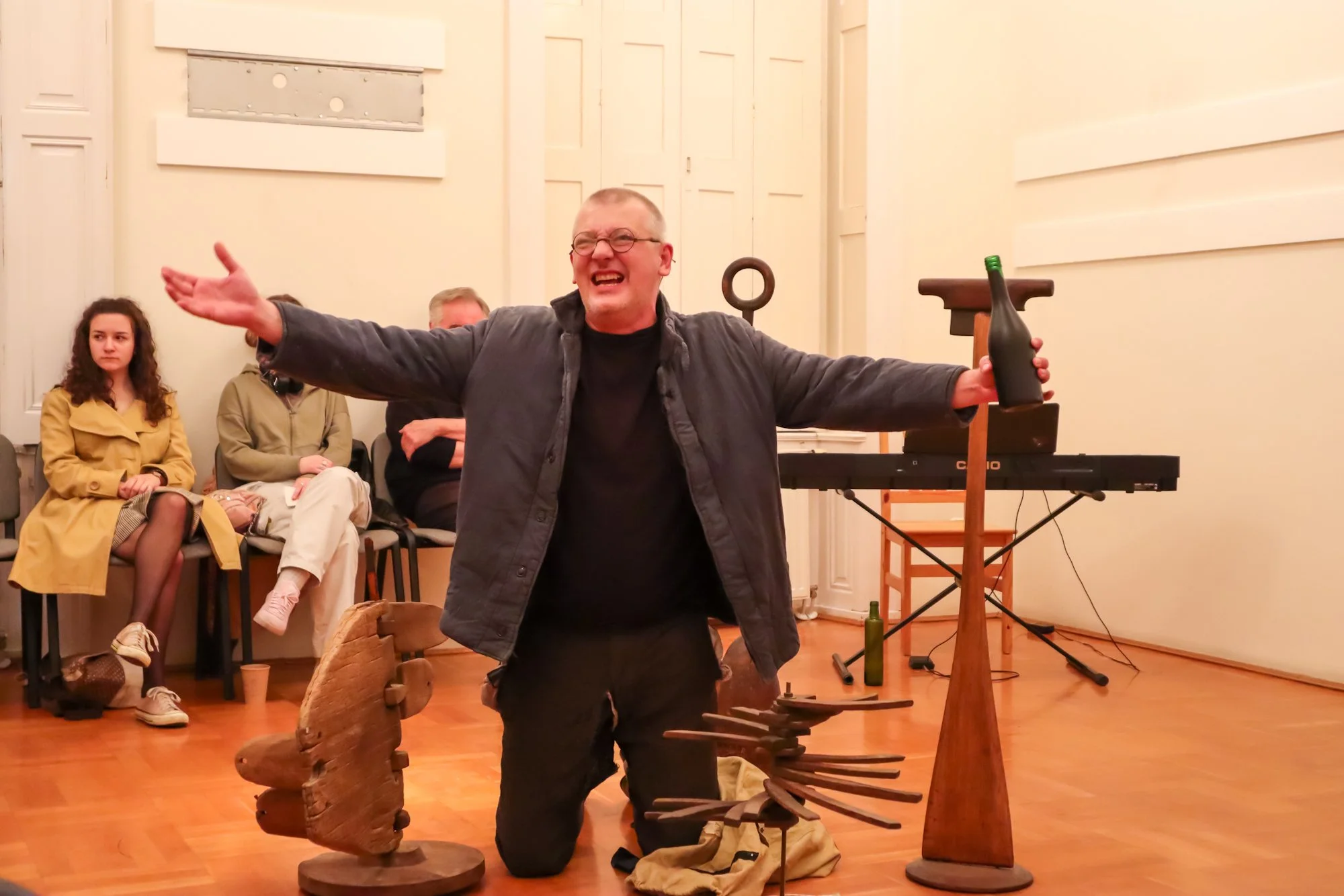
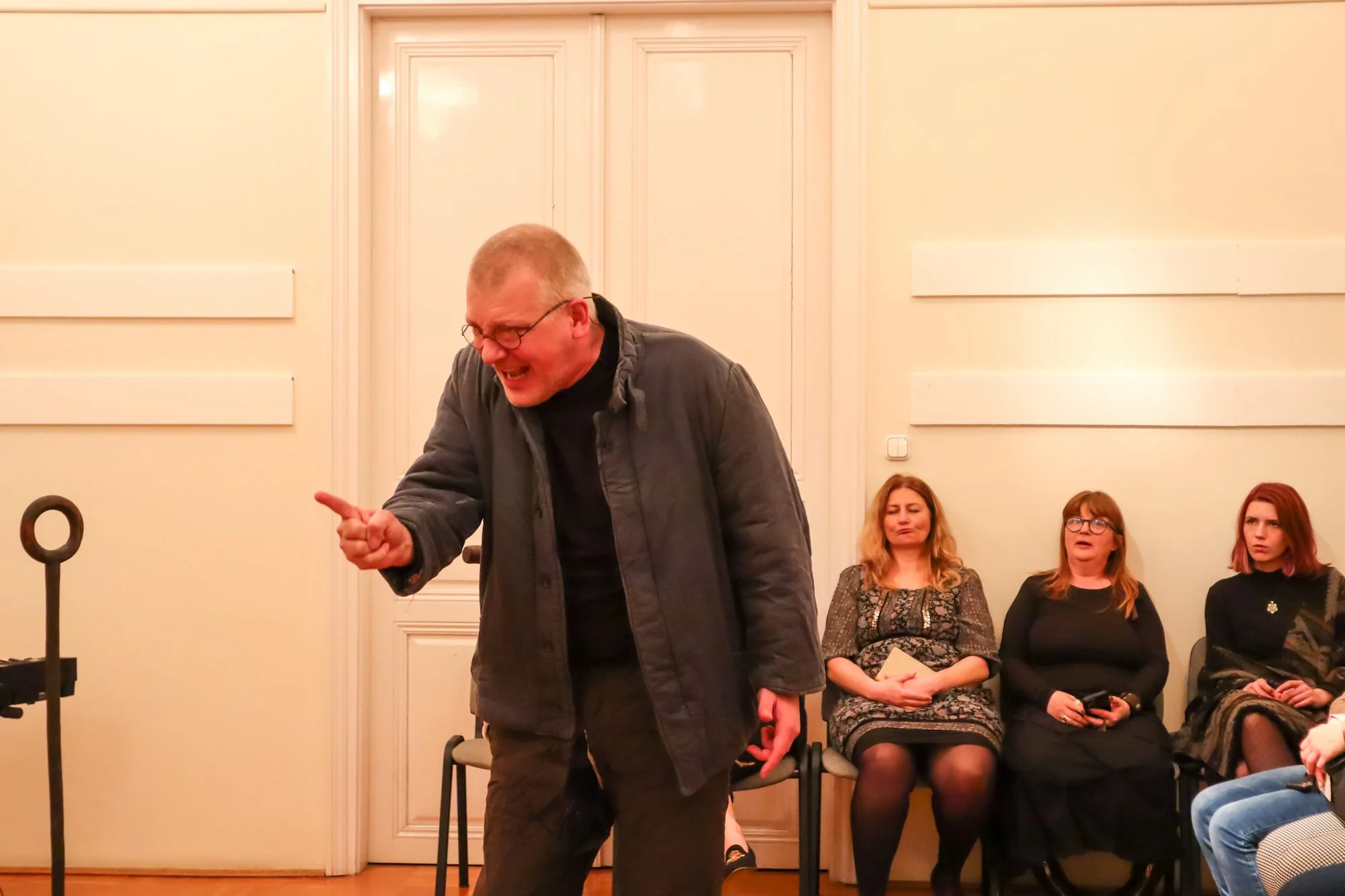
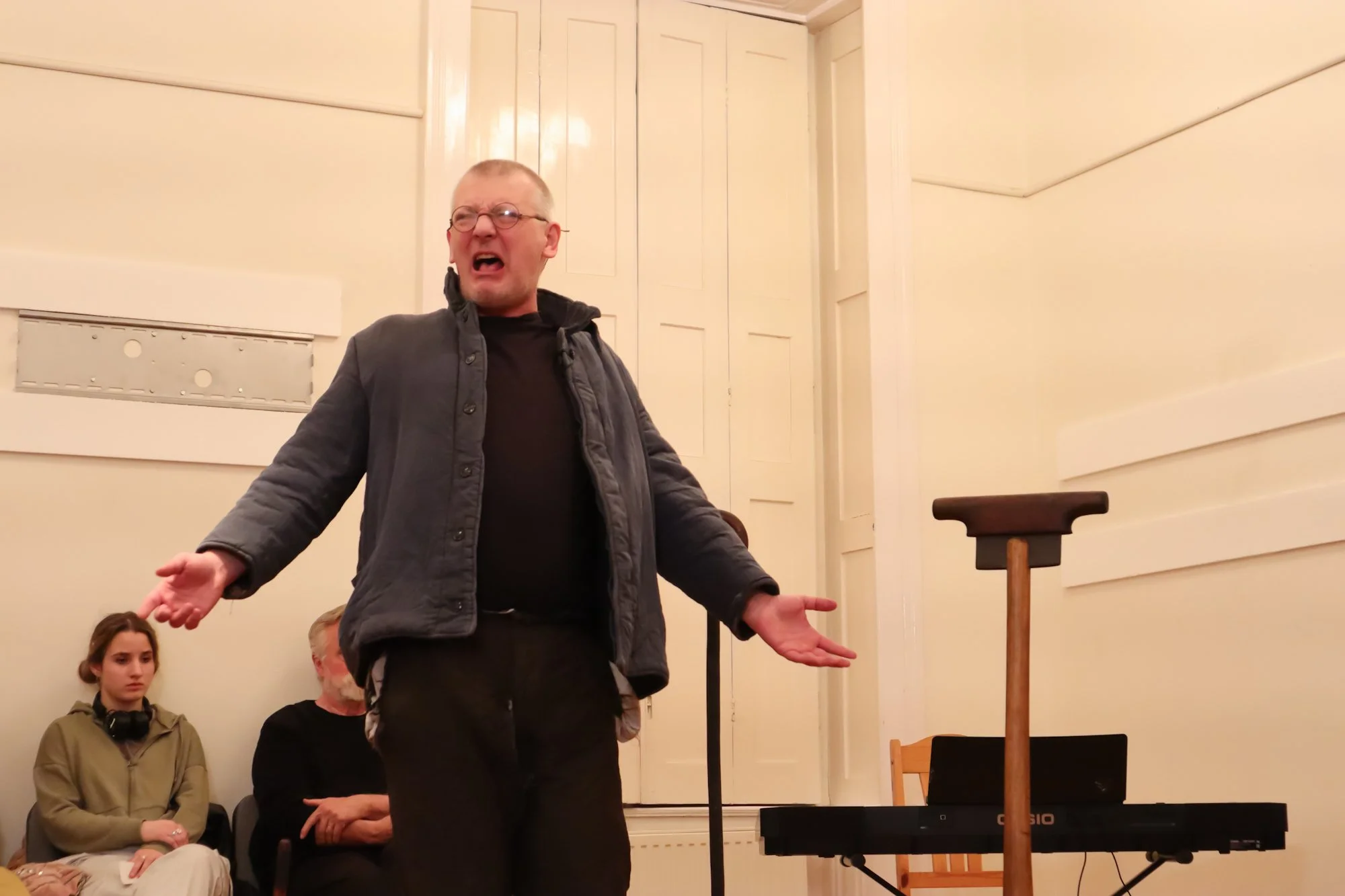
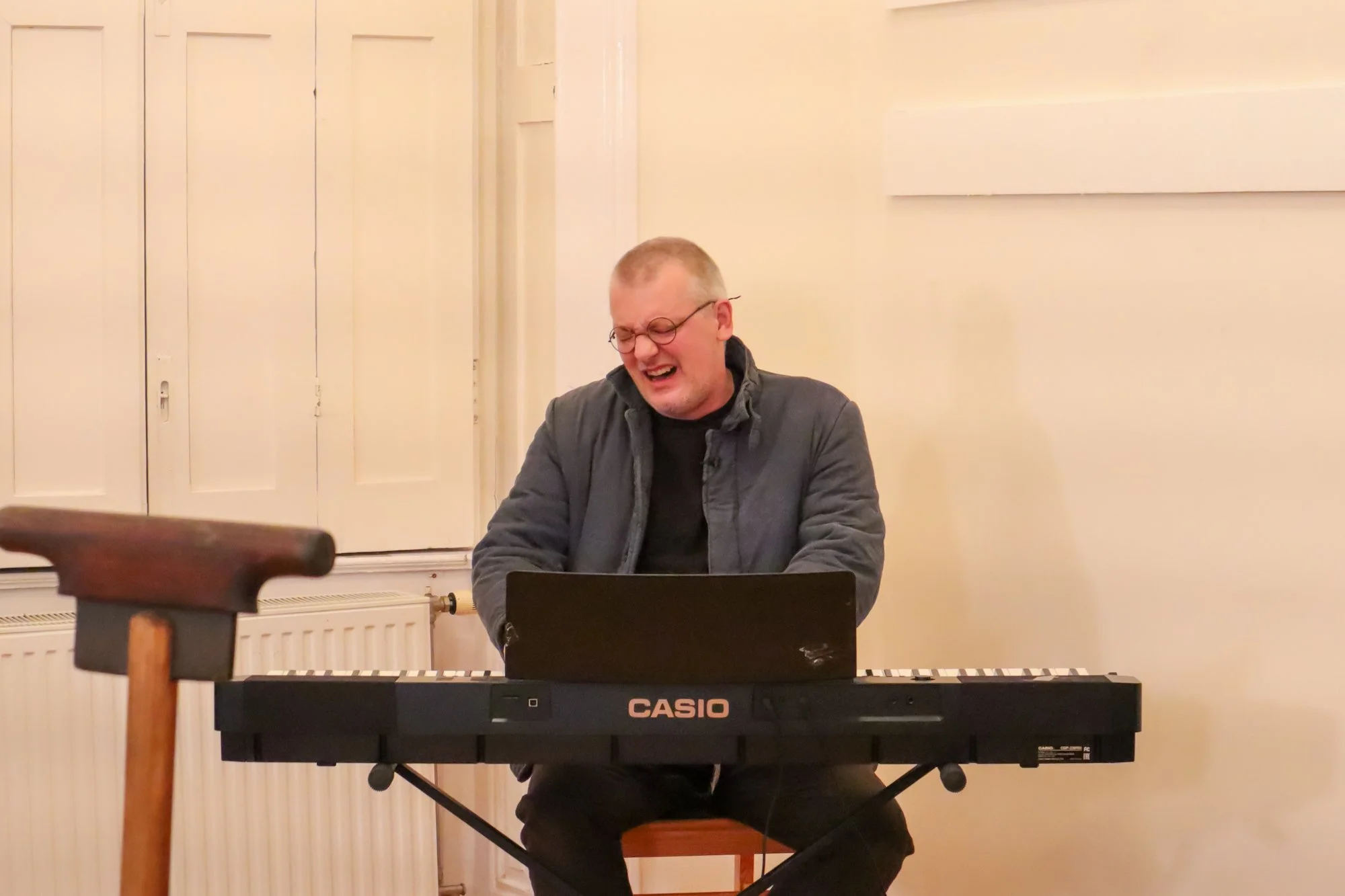
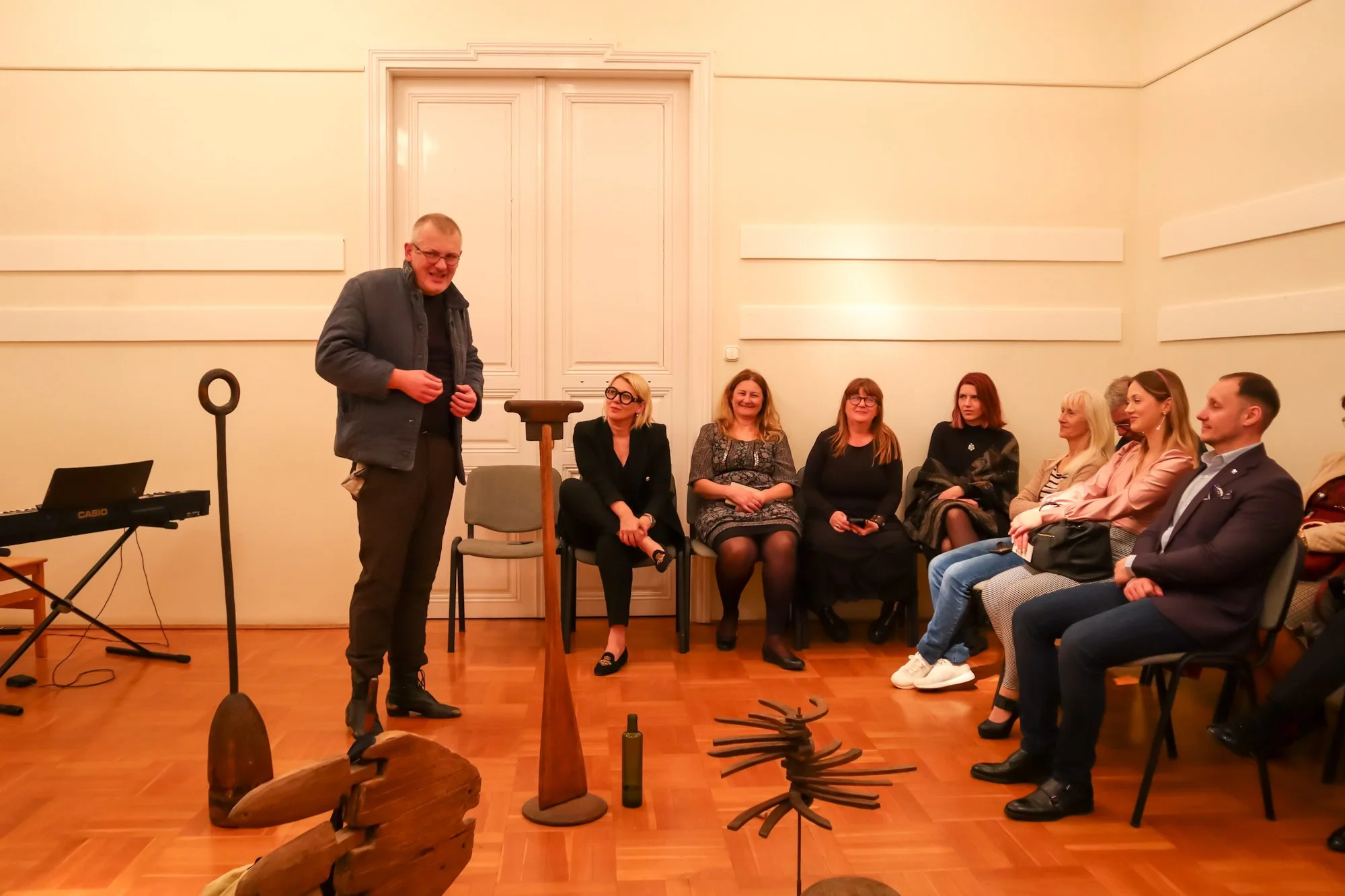
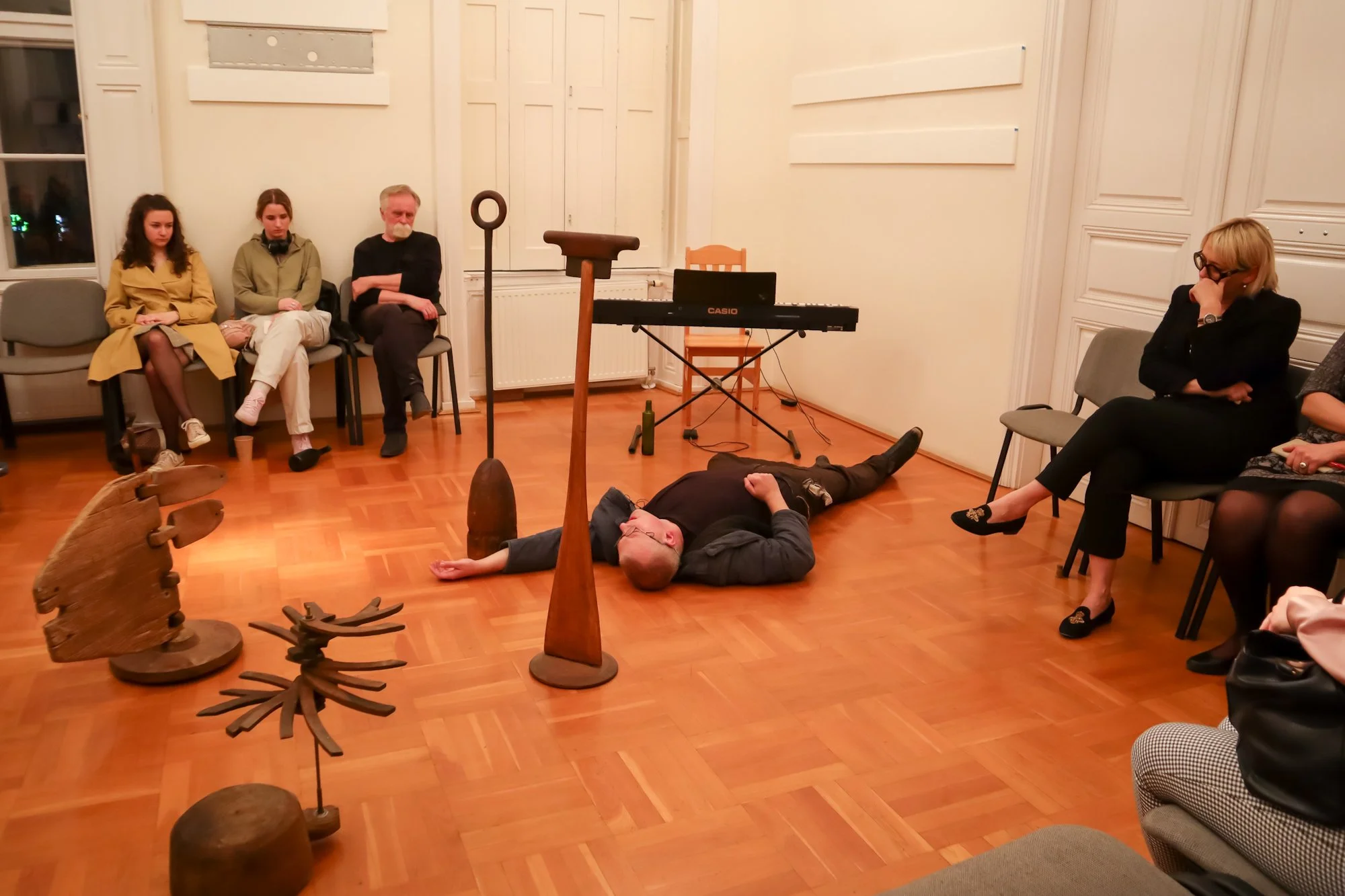
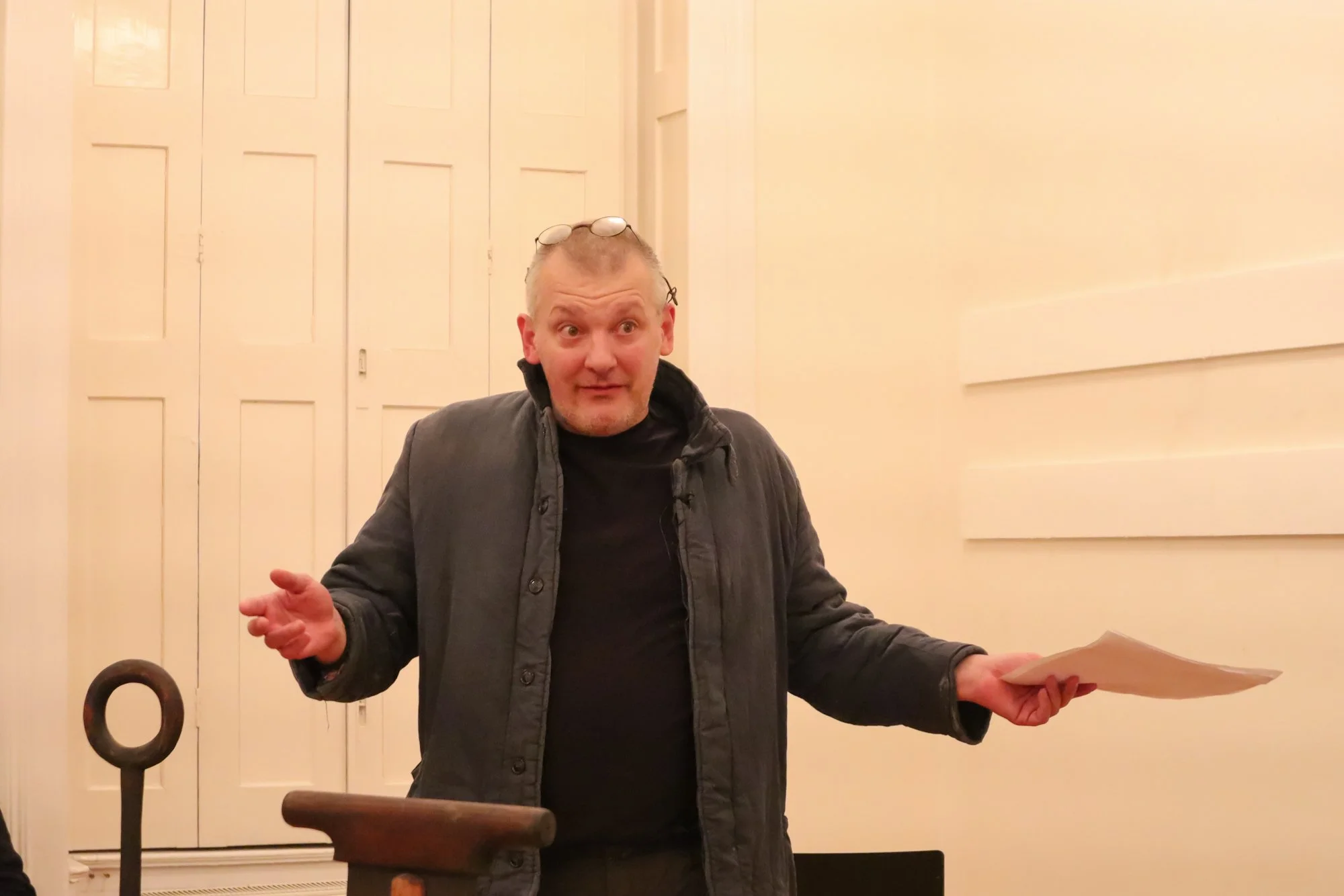
In 2007, 10 years after the premiere in Hungarian, the Romanian version of the show was completed. The show has been performed at several Romanian and international festivals, as well as in unusual locations, such as railway stations, pubs, hospitals, and psychiatric hospitals. In Szeged, twenty-six years after the premiere, Levente Kocsárdi performed a new version of the monodrama, the longest role of his career, the figure whose age and metamorphoses he identified with.
Mihai Donici is an architect, designer, set designer, and ethno-sculptor. More than a hundred buildings are associated with his name, including the design of the Church of the Martyrs of Popeşti-Leordeni, which was raised above the canal where the ashes of the martyrs of the 1989 Romanian revolution were scattered. He works as a set designer for many theater and independent theater performances, as well as a furniture designer, and the designer of the Dacia 500 Maxi car produced in Timișoara.
Levente Kocsárdi is an actor, Hungarian-Romanian theater director, and member of the Csiky Gergely Hungarian State Theater in Timisoara. Born in Fogaras, he earned a bachelor's degree in acting and a master's degree in directing at the Hungarian department of the Faculty of Theater and Film of the Babeş-Bolyai University, Cluj Napoca. He played many roles already during his university years, and later performed in several important institutions, including the National Theater of Szeged, the Timișoara National Theater, the Ioan Slavici Classical Theater Arad, as well as in Swedish, German, Austrian, Hungarian, and Romanian theaters.
Romanian-born sculptor, painter, and photographer Constantin Brâncuși (1876-1957) was one of the most influential sculptors of the 20th century and a pioneer of modernism.
Photos: Szilvia Molnar / Szegedify